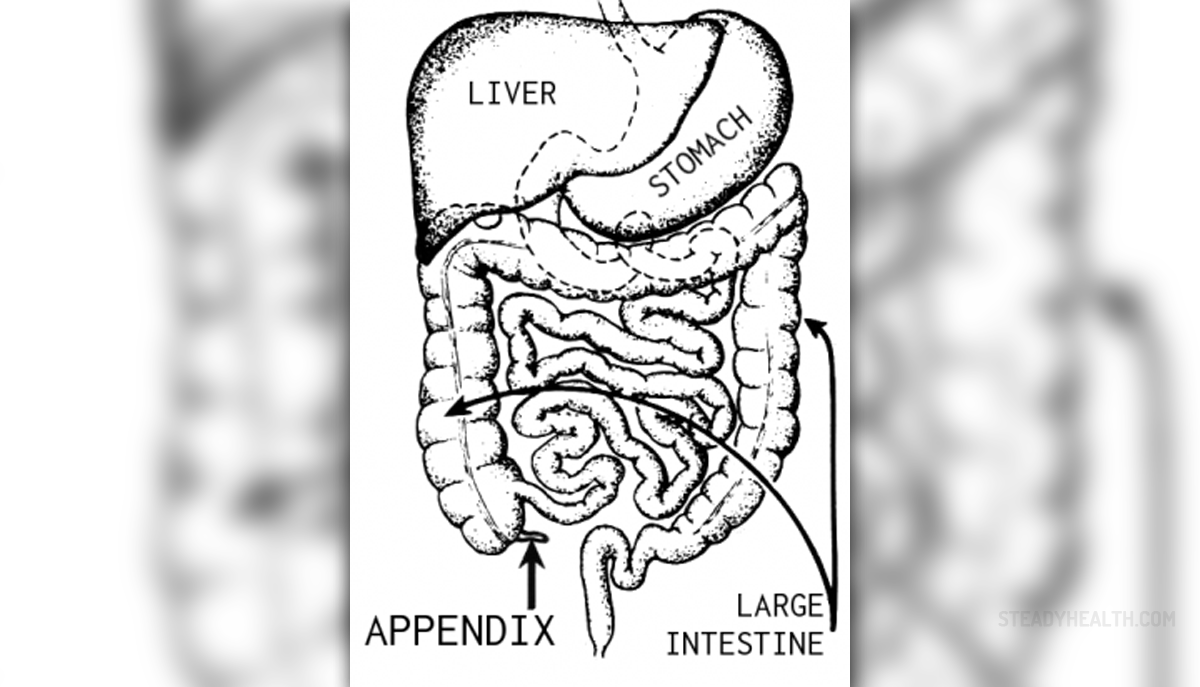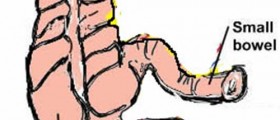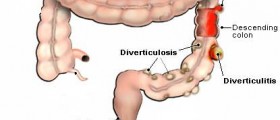
The appendix is an expansion of the large intestine, or more precisely, it is a finger-like pouch linked to the large intestine. The function of the appendix has not been established yet, since even after it is removed, the overall health of the person is not impaired. The appendix is situated in the lower part of the abdomen, on the right side, and the inside of it is called appendiceal lumen. The appendix secretes mucus that goes through appendiceal lumen to the large intestine.
Appendicitis is another term for the condition when the appendix is inflamed, and painful swelling is the main symptom that indicates it. The condition in question can affect anyone, although those between 10 and 30 years of age are at higher risk.
Symptoms of appendicitis
Appendicitis is a condition that has easily detectable symptoms and they are pretty much the same in the majority of people. When appendicitis occurs, the first symptom of it is a sudden abdominal pain, which begins at the belly button area and then it spreads to the right side. This pain tends to become worse over time. Furthermore, it aggravates when the person in question takes a deep breath or when the person coughs. Among the symptoms that are likely to accompany the pain in the abdomen is nausea, vomiting, diarrhea or constipation. Abdominal swelling and low-grade fever might also occur.
Causes and treatment of appendicitis
Various reasons are responsible for the inflammation of the appendix. One of the causes is the blockage of the appendiceal lumen, and when this happens, the number of bacteria in the appendix starts to grow incredibly in the blocked mucus. This is why the inflammation of the appendix and swelling occur. The appendiceal lumen blockage may be caused by several reasons, among which is also an injury or trauma to the abdomen. This condition might also be a consequence of the inflammatory bowel disease, Crohn’s disease and ulcerative colitis. Furthermore, it also happens that some gastrointestinal infection causes enlargement of the lymph tissue in the wall of the appendix, which also results in the obstruction.
In the majority of cases, the treatment of appendicitis requires removing the inflamed appendix. This step is necessary in order to prevent the bursting of the appendix and subsequent spreading of the infection throughout the abdomen. This surgery procedure is called appendectomy. However, in mild cases, appendicitis can be cured by certain antibiotics, as well as by liquid and soft diet.

















Your thoughts on this
Loading...